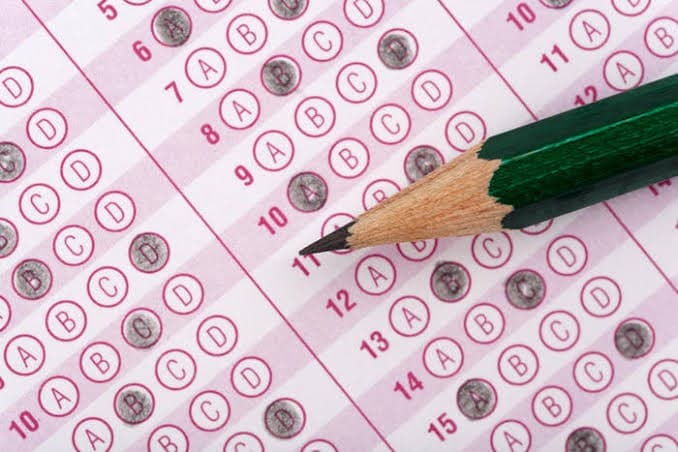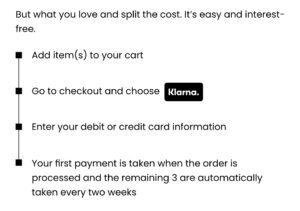Feeling overwhelmed and scared before taking the LSAT? Here’s the ultimate guide to making this journey easier.
LSAT diagnostic test: A complete guide

Making it to a law school is certainly not for the faint of heart. From endless tough applications to acing the LSAT score to get into your dream law school, it can be super tough to handle. We understand how your LSAT test prep can become overwhelming with prep courses, textbooks, guides, and mock exams you wouldn’t know where to start from.
To curb such a mess, it is easier to take a diagnostic test before preparing for your LSAT, as you can then develop a schedule based on the results. You will know where you need to focus and how you need to prepare for it. If you are wondering what a diagnostic test is and how does it work? Well, we have all the answers right here.
What is a LSAT diagnostic Test?
An LSAT diagnostic test is a practice test designed to help you assess your current level of preparation for the Law School Admission Test (LSAT). You must have already heard of LSAT by now, but just to have further clarity, LSAT is a standardized test used by law schools in the United States, Canada, and some other countries to assess applicants’ critical thinking, analytical reasoning, and logical reasoning skills.
The main goal of the diagnostic test is to help students prepare for the upcoming test, as by taking the past ones, the students can find their loopholes and analyze their strengths and weakness to know where they need to focus. It also helps them to estimate the time needed to hit their goal score.
You need to know that the score you get on your diagnostic test will be nowhere close to your goal, which is completely normal as it will be your first time and you are doing it with zero to low preparations as well as you are not familiar with the language of the test.
Don’t panic, or get scared if you don’t get a good score on the diagnostic LSAT. It’s completely normal! The entire purpose of it is to see what you need to work on, so you can plan your study schedule accordingly!
Where to find the LSAT diagnostic test?
To have authentic past LSAT tests, only use trustable and reputable websites to choose your diagnostic test. Several options are available, but ensure you receive your score and the correct answers after completing your test.
The first and foremost option is using diagnostic tests provided by LSAC, administrators of LSAT. If you already have an LSAT account, you can quickly access timed exams that you can use as your diagnostic test.
Another authentic source is Khan Academy. It is another great source and comes in handy where you can take a full diagnostic test, get your test scores, and give an overall assessment of your strengths and weaknesses. They also give you the option to take an express diagnostic with several short sections with general recommendations but no actual score.
However, these sources cannot accurately give you a highly personalized recommendation or result about your weaknesses and strengths.
If you need a personalized study schedule based on the test results, you can check out Juris. These LSAT experts know exactly how to boost your scores in each section to give you the results you need to get into your dream law school.
Some Advice and Tips
To get accurate results, you need to make sure to apply these tips when you take the test, regardless of which one you take.
Time-based test
It is best to take a timed diagnostic test, as it will give you an accurate result before you begin studying. Giving a test under pressure will help you gain power over time and take control of the whole test. However, if you feel like taking the whole timed test is difficult, you can time each section and take breaks before completing the whole paper. This way, you will know the time as well as relax while giving the test.
Try not to skip questions
You will come across questions that will be new to you or that you have no idea how to solve. It is okay if you skip a few but try to attempt almost all of the questions as they will help you with your problem-solving skills that will be needed further in your studies.
Be very active and vigilant
When you are taking the test, try to be an active test taker and keep mental and physical notes of things you find challenging and also note those that were the easiest. There will be a section in which you will be really bad and a section in which you will excel. This is why you must keep track of things to make an accurate and helpful study schedule.
Score doesn’t matter
Remember that scoring a 130 on your diagnostic test is not a bad sign. You took an LSAT for the first time without any prep. Don’t let your score discourage you or define your potential. The diagnostic is only a tool to help you understand what level of improvement you need. With practice and persistence, you can drastically increase your LSAT score!
Find the Difference
Compare your LSAT diagnostic test score with the LSAT score needed to get into your dream Law school. Once you know the difference, you will figure out the number of hours and the level of commitment you need to give to achieve your perfect score.

What to do after the LSAT diagnostic Test score?
Once you are done with your diagnostic test and get your result and assessment, now you need to lie down and take a deep breath. Relax before worrying and working on your next move. You need to give yourself time and a little appreciation as you start this journey. Always appreciate yourself, and try to view your score as a mirror in which you see ways to improve yourself. Don’t keep that first score in your mind, focus on getting the final score and that will be possible if you relax.
Start your prep by analyzing your LSAT diagnostic test and reviewing the correct and wrong answers to see where you went wrong. Compare the two to find a pattern and start working to improve the wrong.
Then, at last, you need to assess yourself honestly. If you’re way off your goal, then you need to consider going to an expert, as they can help you with their knowledge on how to achieve your desired score. If you are close to your desired score, you need to gear up and start self-studying.
Your diagnostic test should only be the few of several exams you must take during your self-studying time. Customize your subsequent exams! That is, to take the test of the areas that you are weak in. For example, you are weak in comprehension, so you should practice this section rather than taking the whole test.
Should every Law student take a LSAT diagnostic test?

Conclusion
FAQs
An LSAT diagnostic test can help you identify your strengths and weaknesses in areas where you lack and help you develop a targeted study plan to improve your scores. The diagnostic test is typically a full-length practice test that simulates the actual LSAT, wIth the same types of questions and format.
A diagnostic test is taken at the beginning of LSAT preparation, and it is designed to give an indication of the individual’s starting point. It is not uncommon for the diagnostic score to be significantly lower than the individual’s target score. This is because the diagnostic test is usually taken without any prior preparation or study.
The target score is the score that individual aims to achieve on the LSAT. This score may vary based on the individual’s goals and the law schools to which they are applying. Usually, there’s a 10-point difference between the two.
140 is not a bad score to achieve on your first try. You just need to focus more and give more time to your studies in order to achieve your desired result.
Taking a timed diagnostic test when preparing for the LSAT is generally recommended, as the LSAT is a timed test, and time management is a critical component of success on the test.


